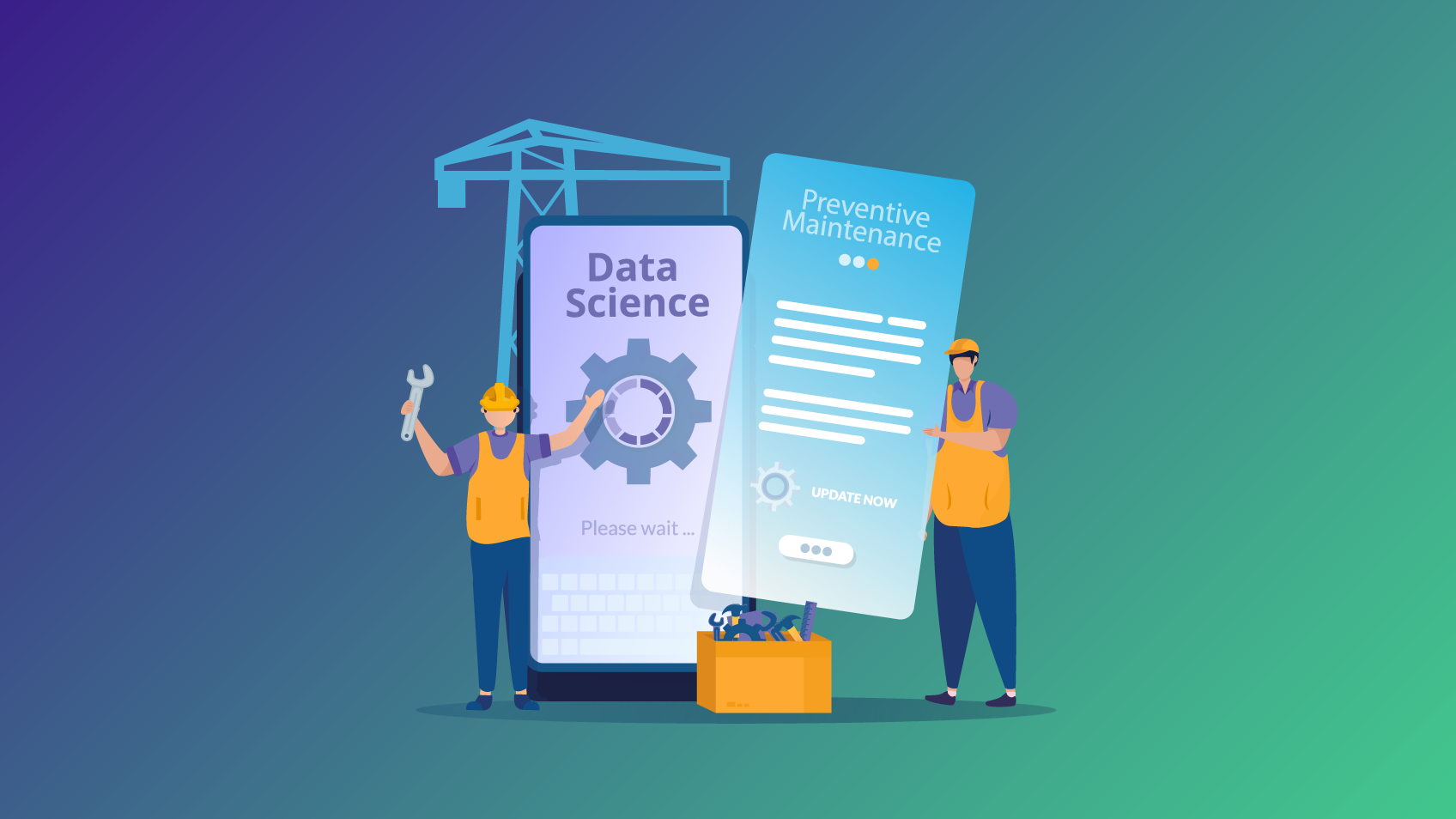Mechanical problems can stop production lines for hours, leading to a decrease in production and consequently a decrease in profit for the whole factory.
With the emergence of Industry 4.0 and Internet of Things (IoT) technologies, new solutions and challenges have been born. More and more machines are connected to the cloud, allowing the collection of sensory data regarding their state over time. And it is this collection of data from the machines‘ sensors that allows the use of Machine Learning algorithms. These algorithms can identify the state of degradation of the machine, in order to optimise its maintenance process.
Thus, the concept of preventive maintenance arises, consisting of more intelligent maintenance with the main objective of optimising the maintenance periods of the machines. But how do machines collect this data? We explain.
How does data acquisition work
The first phase of this type of project is data collection or the creation of a dataset. Ideally, the values of each of the sensors will be collected from the machines over time, forming a dataset of the type timeseries, i.e., a discrete sampling of data that forms a sequence of values each with a corresponding associated timestamp. This data set will later be used to train the model, so it is important that this data represents the operation of the system as well as possible. Some factors that must be taken into account during this data acquisition process are the sampling frequency, which must be in accordance with the system’s operating frequency and the reduction of external factors that may introduce noise into the collected signal.
Modelling approaches in preventive maintenance
In any Data Science project, it is important to define the question we want our model to answer. Thus, we will not only define the most appropriate modelling approach but also define concrete assertiveness goals for this approach. Thus we can identify three types of questions that come to solve preventive maintenance problems:
Will the machine break down within a specific time period?
This question leads us to a classification problem, whose possible answers are finite and well defined. In this case, given a given set of the most recent data on machine behaviour we want to identify whether or not there will be a problem during a time window: in the next 24 hours, 7 days or next month, for example. For more complex cases, it may also be possible to identify what type of malfunction or which part may be contributing to greater wear and tear on the machine.
How long do we have until the next breakdown?
The answer to this type of question is not so linear, since it consists of a number that can vary continuously, that is, we are facing a regression problem. This approach allows us to identify the expected time window for a system failure in a more detailed way. This metric is also known as Remaining Useful Time (RUL), making it possible to perform maintenance on the machine before it reaches its critical point.
Is the machine working as expected?
This approach is particularly useful in situations where we do not have access to historical machine breakdown records. In this case, our model will be predicting the expected behaviour of the machine based on its last moments of operation. If there is a large difference between the predicted values and the values collected from the machine, we are facing a case where the machine is not working as expected, i.e., there is the possibility of a problem occurring and the consequent need for maintenance.
Do you know Azure Machine Learning?
Azure Machine Learning is an Azure service that was developed with the goal of facilitating and speeding up the entire lifecycle of an ML model, from data analysis to model training and subsequent model production. Some tools that help accelerate this lifecycle are:
- Collaborative notebooks: These allow the creation of identical development environments for the whole team, as well as the collaboration of several members in the same file. This helps the knowledge sharing process at an earlier stage of data preprocessing, analysis and visualisation.
- AutoML: This tool gives us the ability to build models automatically and much faster, allowing us to get to market earlier. AutoML tries to optimise the iterative modelling phase by automatically choosing the best features, models that best fit the specific data type and the best parameters for those models.
- Drag and drop: For rapid prototyping development, or for those who are not as comfortable with writing code, Azure provides a blockchain platform that allows you to quickly create pipelines for data transformation, model training and productisation.
This Azure service also contains a very useful feature for model registration, making it easier to version and continuously deliver new models. This functionality can also provide a REST API that serves as a communication interface with the model created, which makes its integration in any environment easy.
Watch our video and discover everything!
Final thoughts
In short, the objective of preventive maintenance is to optimise the costs associated with the operation of machines or other types of systems that need maintenance, and there are several different valid approaches. The choice of the correct approach depends on the problem under study, as well as on the requests and requirements of each client.
At Xpand IT we are prepared to solve this, or any other kind of data science problem. Please contact us.

Data Scientist – Xpand IT














